In today’s era, where social media has become the core of everything we do, using it for digital marketing is also a new, powerful way to reach new customers. One of these digital marketing tactics is Facebook ad targeting. This feature on Facebook, one of the most popular social media platforms, allows businesses to reach out to their target audience, no matter how big or small they are.
With Facebook ads, you can ensure your product is seen by the people most likely to be interested. This is what we call ‘targeting’. Learning Facebook ad targeting tips, you can increase your brand’s visibility, engage directly with potential customers, and drive more traffic to your website, all of which can lead to more sales.
But that’s not all. Social media platforms like Facebook are not just about selling products. They’re also about building relationships. When customers and businesses talk to each other on social media, it gives businesses valuable insights into what customers want. This essentially means that your Facebook page should always be up to date. You can do so by employing a trusted Facebook scheduler.
How Facebook Ad Targeting Works: An Overview

Facebook ad targeting works as a tool that finds folks who would be interested in what you have to offer. The age of the subject, the sites they are on, and their previous purchases are all important indicators to this investigator.
Demographics:
- Age: You can choose the age group that fits best with your product. Selling trendy phone cases? You might want to target teenagers and young adults.
- Gender: You can show your ads to men, women, or both. If you’re selling beard oil, you’ll probably want to target men.
- Location: You can pick where your audience lives, from an entire country to a specific city. So, if you’re running a local pizza shop, you can target people in your area.
Interests:
- Pages Liked: You can target people who have liked certain pages. For example, if you sell art supplies, you can target people who have liked pages about painting.
- Activities & Entertainment Preferences: This could be hobbies, sports they play, or music they listen to. So, if you sell camping gear, you can target people who love outdoor activities.
Behaviors:
- Purchasing Behavior: You can target people based on what they buy. For example, if you sell dog food, you can target people who have bought pet products before.
- Device Usage: You can choose to show your ads to people depending on what device they use, like a smartphone or a laptop.
- Travel Preferences: If you’re in the travel industry, you can target people based on where and how they like to travel.
Custom Audiences:
- Website Visitors: You can show your ads to people who have visited your website before. It’s like saying, “Hey, remember us? Come back!”
- Email Lists & App Users: You can target people who are on your email list or have used your app.
Lookalike Audiences:
- These are people who are similar to your best customers. It’s like finding twins for your favorite customers.
Elevate Your Facebook Presence with Social Champ!
Take control of your social media management leveraging advanced AI tools. Try Social Champ and enhance your social media game now!
Effective Facebook Ad Targeting Strategies
Here are the top 14 effective strategies that can help you get the desired outcomes.
Targeting Competitors’ Fans Using Audience Insights
Are you looking for effective Facebook ad targeting tips to reach the right audience? For that you have to target your competitors’ audience, but How do you target your competitors’ audience? Imagine if you could peek into a secret diary that tells you all about the fans of your business rivals. That’s what Facebook’s Audience Insights is like! It’s a super helpful tool that lets you know more about people who like your competitors’ pages.
How to Use Audience Insights to Learn About Competitors’ Fans
- Find Out Who Your Competitors Are: The first step is to figure out who your main competitors are. These could be other businesses that sell similar things or offer similar services in the same area.
- Learn About Their Audience: Use the Audience Insights tool on social media platforms to learn about your competitors’ audience. Look at their age, interests, and how they behave online.
- Make a Target Profile: Based on what you’ve learned, make a detailed profile of the kind of audience you want to target. This should include important characteristics and behaviors that match with your brand and what you’re offering.
- Create Suitable Content: With your target profile ready, create content that will appeal to this audience. This could be blog posts, social media posts, videos, or any other type of content that your target audience would like.
- Watch and Adjust: After you start your campaign, watch how it’s doing. Use the insights you gain to make changes to your strategy if needed, making sure that you’re always reaching and engaging your target audience effectively.
When you have all this info, you can create your own ads that these people will love. For example, if you find out that they’re into a particular topic, you can use that in your ads to grab their attention.
Utilize Custom Audiences for Remarketing
What is a remarketing audience? Remarketing is like saying “hello” again to people who already know your brand. This could be someone who has visited your website, signed up for your emails, or even bought something from you before.
To do this, you create ‘Custom Audiences’. Think of these as special groups of people who have interacted with your brand in different ways. You could have a group for website visitors, another for email subscribers, and another for past customers.
Once you’ve made these groups, you can start remarketing by showing them ads that are tailored just for them. Since these people already know your brand, they’re more likely to pay attention to these ads.
So, using custom audiences for remarketing is like giving a friendly reminder to people about your brand. It’s a great way to increase the chances of these people becoming customers. Plus, it’s a fun and smart way to boost your brand’s success. Simply knowing effective Facebook ad targeting tips will solve half of your problem.
Identify Lookalike Audiences Based on High-Value Customers
Choosing a lookalike audience is a crucial component of Facebook ad targeting tips. Lookalike audiences are potential customers who share similarities with your best customers. To find these, you analyze your current customers’ data, considering factors like age, location, interests, and shopping habits.
This helps you create a profile of your ideal lookalike audience. You then use this profile to find new people who fit that image, essentially searching for those resembling your top customers.
The advantage of lookalike audiences is their higher likelihood of becoming customers, as they already share traits with your best customers. By identifying and targeting lookalike audiences, you broaden your reach and uncover new ways to increase your customer base, aiding your brand’s growth.

Explanation of lookalike audience Enhance Targeting With Facebook Ad Relevance Diagnostics
Enhancing your targeting with Facebook Ad Relevance Diagnostics is an important aspect of Facebook ad targeting tips. But exactly What is ad relevance in Facebook ads? Facebook’s Ad Relevance Diagnostics is a tool that helps you understand how your ads are performing. It checks your ads’ quality, engagement, and conversion rates compared to others targeting the same audience.
This tool provides insights into areas where your ads need improvement. By monitoring these diagnostics, you can make necessary adjustments to your ads to make them more interesting and suitable for your target audience. The goal is to create ads that are not only engaging but also relevant. The more relevant your ads, the better they’ll perform. Thus, using this tool can enhance your ad strategy, improve performance, and increase user interaction.
Target Recent Shoppers From Facebook Ads
When you run a shop online, focusing your Facebook ads on people who have just bought something from you can be really helpful. These folks already like your products, so they might be interested in buying more.
A good way to do this is by suggesting items that go well with their purchase. This is called cross-selling. So, if someone bought running shoes from you, they might also want to buy workout clothes or cool socks.
Another method is upselling, where you suggest a fancier version of the product or an extra feature. For instance, if someone bought a basic phone plan, you could show them an ad for a plan with more features.
These methods help you sell more to the people who already like your stuff. It’s often easier and cheaper to sell more to current customers than finding new ones. By focusing your Facebook ads on recent buyers, you’re making the most of what you already have.
Discover Unicorn Content for Enhanced Targeting
If you’re trying to get your message out there, unicorn content can be a big help. You can figure out what makes content a ‘unicorn’ by looking at your most popular posts. What do they have in common? Maybe it’s the way they’re written, or the topics they cover.
Once you know what makes your content a hit, you can use this knowledge to make even better posts in the future.
But it’s not just about getting likes and shares. Unicorn content can also help you build a strong connection with your audience and reach more people without spending extra money on advertising.
So, in short, finding and using unicorn content is all about figuring out what your audience enjoys and giving them more of it. This not only makes your posts more interesting, but it can also help your messages reach further.
Precision Targeting With Layered Audience Selection
Layered audience selection is a handy tool that Facebook gives businesses to make their ads more effective. It’s like putting together the puzzle pieces to create a clear picture of who you want to see your ads.
- The first piece of the puzzle is demographics, basic details about people like their age, where they live, their schooling, and what language they speak.
- The second piece is interests. This means what people like or do on Facebook, such as the pages they follow, their hobbies, or their apps.
- The third piece is behaviors. This is about people’s actions, like buying something online or going on a trip.
When you put all these pieces together, you can show your ads to a specific group of people who are likely to be interested in your selling. This can lead to more people engaging with your ad, clicking on it, and maybe even buying your offer.
Combine Two Unique Audiences for Synergistic Impact
Putting together two groups of people can make your ads more effective. It’s like creating a new, exciting group that’s even better than the two individual groups.
Imagine you’re selling gear for outdoor fun. Your customers might be from different groups, like those who love hiking or camping. These groups share a love for outdoor activities.
When you bring these two groups together – the hikers and the campers – you get a larger group of customers interested in your products. This group is still relevant because they all like outdoor gear.
The interesting part is when this combined group starts to interact with your ads. A camper might find hiking interesting, or a hiker might become curious about camping. This can lead to more people clicking on your ads and potentially buying your products.This strategy of amalgamating unique audiences for a synergistic impact is a valuable addition to your Facebook ad targeting tips.
Utilize Broad Targeting to Identify Core Audience
How do you identify the core audience? Precise targeting in marketing is like trying to hit the bullseye – you’re reaching out specifically to those people who are most likely to want your product or service. But there’s also value in casting a wider net, which we call broad targeting.
Broad targeting is like throwing a big party and inviting everyone you know. You get to interact with a variety of people and learn more about them. You discover their likes, dislikes, and how they respond to your brand.
This approach can uncover surprising things. You might discover that some people you didn’t expect are interested in your product. Or, a certain type of message grabs people’s attention.
With this new knowledge, you can then refine your approach. You now know more about your audience and can create messages that will appeal to them. This means they’re more likely to engage with your brand and become customers. This is the power of utilizing broad targeting as part of your Facebook ad targeting tips.
Tap into the Recent Purchasing Behavior of Facebook Users
Facebook is like a gold mine of information about what its users buy. That’s great for businesses because it helps them find people who might want their products or services.
Instead of trying to reach everyone, businesses can use Facebook’s data to focus on people who have shown interest in things similar to what they offer.
This data helps businesses make their ads match what users have been buying recently. So, if a user has been looking at running shoes and a business sells sports gear, their ad will catch the user’s eye, and they might click on it and buy something.
This approach also helps businesses save resources. They don’t waste time and money on people who probably wouldn’t be interested in their products.
Knowing what people buy helps businesses figure out their overall plan. They can see what kinds of things people are interested in, which can help them decide what to sell, how much to charge, and how to promote their products. Furthermore, insights into purchasing behaviors can guide businesses in their overall strategy. Understanding what items people are buying can inform decisions about what products to stock, how to price them, and strategies for promotion. These insights form the foundation of effective Facebook ad-targeting tips.
Creative Life Events Targeting for Emotional Engagement
A cornerstone of successful Facebook ad targeting tips, businesses can use these emotional engagement events to their advantage. They can make ads that connect with people’s feelings and needs during these times. For example, an ad for new furniture might catch the eye of someone who just got married and is setting up their home. Or, an ad for baby clothes could appeal to someone who just had a baby.
Ads that connect with people’s emotions are more than just ads. They become stories that reflect what’s happening in people’s lives. This can make the ads more interesting and create a personal connection between the people and the business.
Also, when people are going through big life changes, they might be more open to trying new things. So, a couple who just got married might be thinking about getting insurance, or someone who just graduated might need a car. Businesses can reach out to these people at the right time and find new customers.
Nurture Leads and Foster Loyalty With Custom Audiences
By creating custom audiences, you can identify these individuals and serve them tailored ads based on their past interactions. This can significantly increase the chances of them returning to your site and making a purchase.
Nurturing leads is another area where custom audiences can be incredibly beneficial. Not all leads are ready to make a purchase right away. Some might need more time or information before they feel comfortable taking that step.
By segmenting your audience based on their stage in the sales funnel, you can deliver personalized ads designed to guide them through the buying process. This approach greatly boosts the likelihood of them revisiting your website and making a purchase, hence optimizing your Facebook ad targeting tips.
Custom audience Expand Reach With Lookalike Audience Expansion
What is meant by expanding reach with lookalike audience expansion? It’s like having a group of people who are similar to your current customers and probably will like your products too. But keep going, think bigger and try to reach even more people.
Expanding your lookalike audience means finding more people who are similar to your current customers. By doing this, you can reach more people who might become your customers.
By expanding your lookalike audience, you might find new areas or groups of people who could be interested in what you’re selling. This way, you can sell to more people.
Also, the more people see your ads, the more they get to know your brand. And when people know your brand, they’re more likely to buy from you when they need something you sell. To sum it up, one of the top Facebook ad targeting tips is using Lookalike Audience Expansion.
Optimize Ad Precision with Advanced Layered Targeting
Advanced layered targeting lets you look deeper into who your audience really is. You get to know their basic details (like how old they are, their gender, where they live), their habits (like how they shop or what gadgets they use), and what they like (like their hobbies or their favorite brands). Once you know these things, you can create ads that directly answer your audience’s needs or wants.
But advanced layered targeting doesn’t just help in making cool ads. It also guides you where to show your ads to get the best results. For example, if your audience loves hanging out on social media, you should show your ads there. Or if they often look up sports news online, you should show your ads on sports news websites. Thus, one of the key Facebook ad targeting tips I can give is to utilize advanced layered targeting to its fullest potential.
Related Article: https://www.socialchamp.io/social-media-glossary/facebook-messenger/
How Do You Promote Your Post on Facebook
Promoting a post on Facebook is like telling more people about your message. First, you create a post that you think people will like. This could be something about what you’re doing, a special event, or even something funny. Here are the 5 ways to promote your post on Facebook.
- Know Your Audience: Figure out who you want to reach with your Facebook post. Think about their age, where they live, and what they like.
- Make Interesting Posts: Make sure your post is fun and related to what your audience likes. This increases the chances of them sharing it with their friends.
- Use Good Pictures: Pictures are important because they catch people’s attention. Use high-quality pictures that match your post.
- Write Good Titles: A good title can make people want to click on your post. It should be interesting and make them curious.
- Tell People What To Do: Be clear about what you want people to do after seeing your post. This could be visiting your website, signing up for something, or buying a product.
The Holistic Approach: Diversified and Comprehensive Targeting
Knowing how important it is to use various targeting methods is a big step in becoming great at Facebook ad targeting. By using these 14 tricks, you can develop an all-around plan that ensures your ads are shown to the right people at the perfect time, leading to more people doing what you want them to do.
Exploring a Diversified Facebook Ad Targeting Strategy
A mixed Facebook ad targeting strategy is like using different ways to show your ads to many people who would likely be interested in what you’re offering. This can include:
- Demographic Targeting: This is like showing your ads to people based on things like their age, whether they are a boy or girl, where they live, and the language they speak.
- Interest-Based Targeting: Here, you show your ads to people based on what they like to do, their hobbies, and the Facebook pages they’ve liked.
- Behavior Targeting: This means showing your ads to people based on what they usually do online, like if they often shop online or use certain devices.
- Custom Audiences: This is a cool way to show your ads to people who have already interacted with your business, like people who have visited your website or used your app.
By using all these different ways, you can make sure your ads reach lots of people, but still only those who might actually be interested in what you’re selling.
The Takeaway:
Wrapping it all up, social media is a powerful means for attracting and retaining buyers, Facebook being one of the most popular channels with an extensive range of users. By following all the above-mentioned Facebook ad targeting tips you can really boost your social media advertising game. As you keep tweaking and improving your methods, remember that the main aim is to build genuine bonds with your audience, leading to more sales or sign-ups, and building strong, long-lasting relationships.
Frequently Asked Questions
1. How Targeted Should Facebook Ads Be?
2. How Do I Get Better at Targeting Facebook Ads?
To improve targeting:
- Know your audience.
- Use detailed Facebook targeting options.
- Create custom audiences.
- Test different strategies.
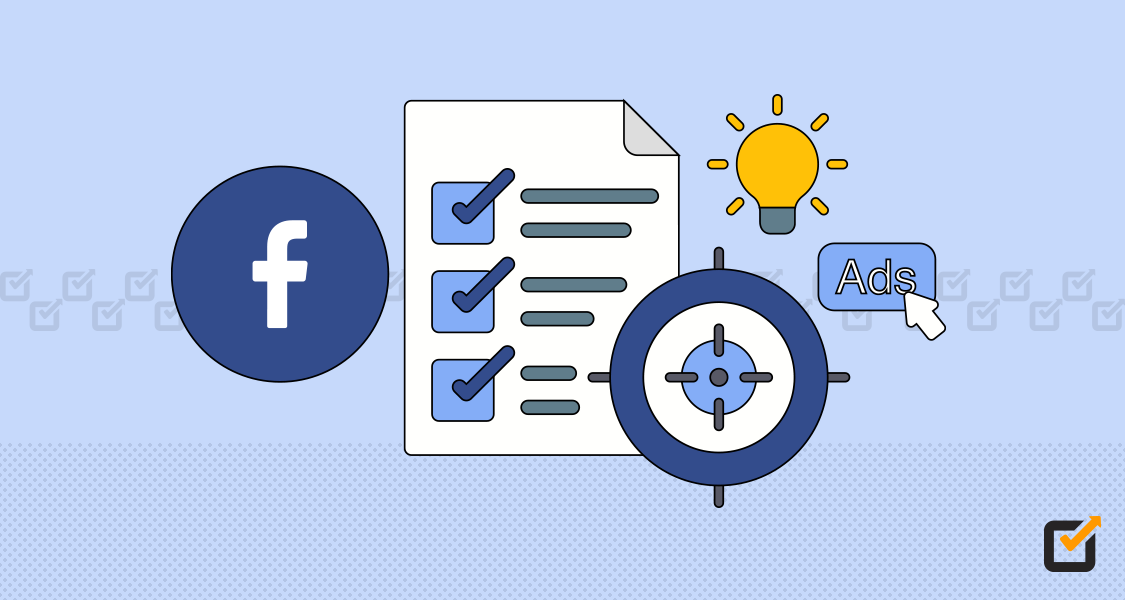





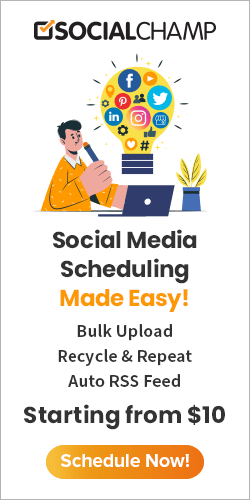
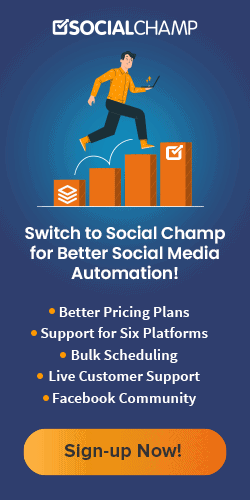


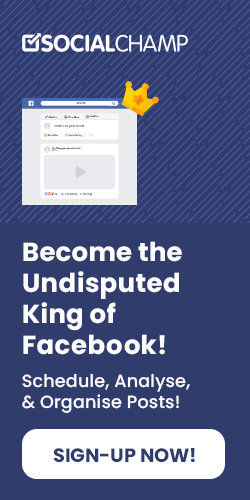






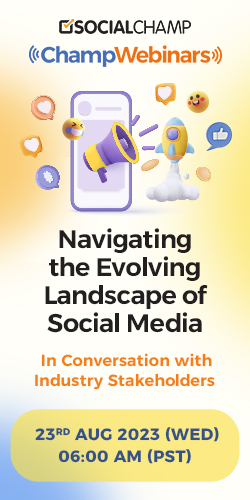
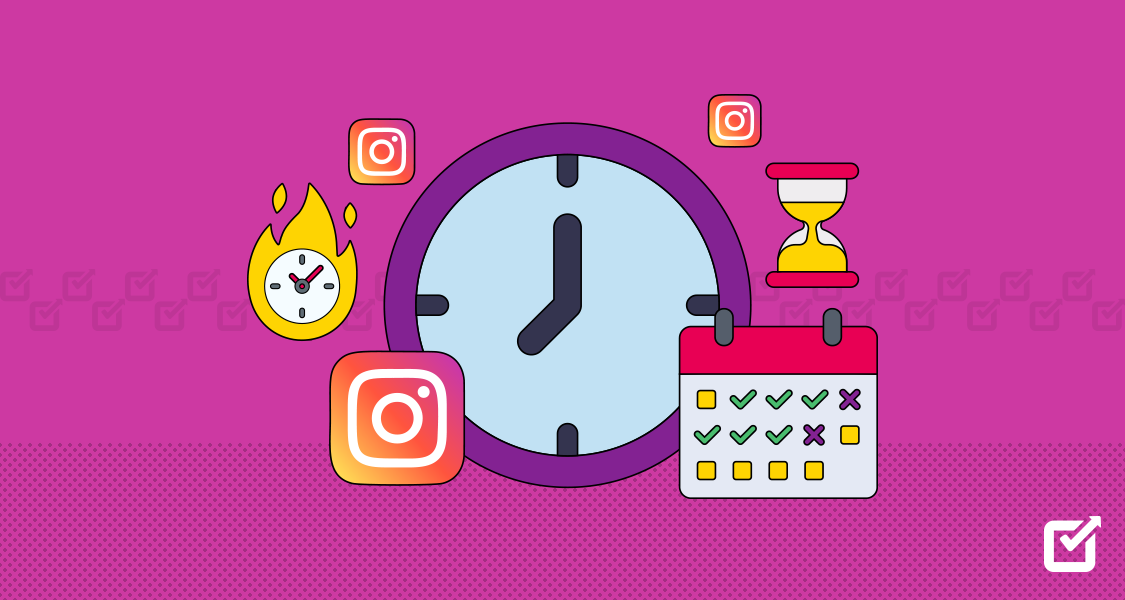

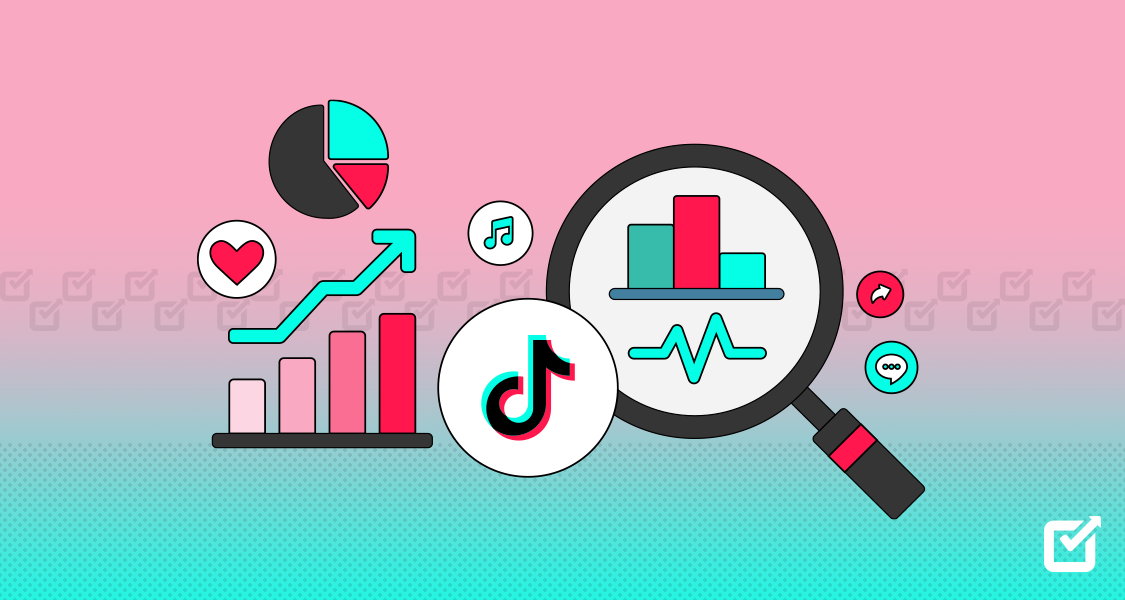

1 thought on “Facebook Ad Targeting Tips: 14 Strategies for Maximum Conversion”
Excellent strategies! Pinpointing your audience and A/B testing ads have been game-changers for me. Thanks for sharing!